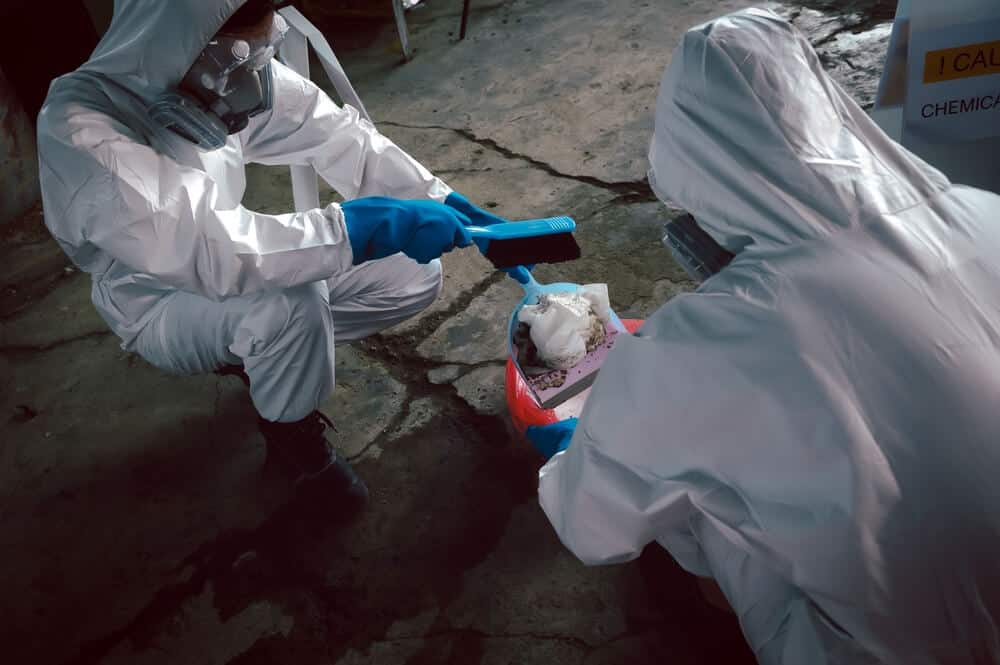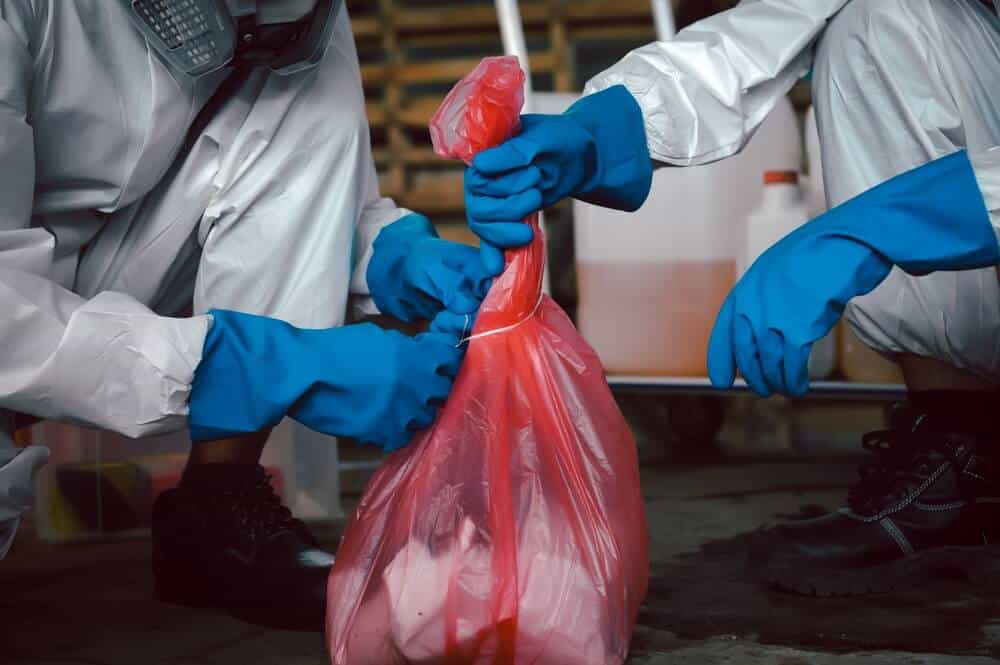Gross filth cleanup is a crucial aspect of maintaining a clean and safe environment, especially in situations involving human waste and rotting garbage. Understanding the process of gross filth cleanup is essential for ensuring proper remediation and restoring the affected space to a habitable condition.
What Is Gross Filth?

Before exploring the gross filth cleanup process, it’s important to differentiate between hoarding and gross filth. While hoarding involves the accumulation of belongings or stuff, gross filth homes tend to harbor human waste and rotting garbage. This key distinction influences the approach taken during cleanup and remediation efforts.
The Importance of Gross Filth Cleanup
Gross filth cleanup is not just about aesthetics; it’s about creating a safe and healthy environment for occupants. Failure to address gross filth can lead to various health hazards, including the spread of pathogens, foul odors, and structural damage to the property. Prompt and thorough cleanup is essential to mitigate these risks effectively.
The Cleanup Process
The process of gross filth cleanup involves several key steps to ensure thorough remediation:
1. Assessment and Planning
Before initiating the cleanup process, a meticulous assessment of the impacted area is carried out, aiming to gauge the level of contamination and formulate a detailed cleanup strategy. This involves not only pinpointing potential safety hazards but also implementing necessary precautions to ensure a safe and effective cleanup operation.
2. Content Removal
A fundamental aspect of gross filth cleanup involves the comprehensive removal of all contents from the impacted room or area. This encompasses not only furniture and personal belongings but also any other items that might have been affected by contamination. This meticulous removal process is crucial as it paves the way for thorough cleaning and sanitization of the space, ensuring that no traces of filth or hazardous substances are left behind, thus restoring the area to a safe and habitable condition.
3. Cleaning and Sanitization
After the meticulous removal of contents, the subsequent phase entails a comprehensive cleaning and sanitization process for the affected area. Utilizing specialized cleaning agents and state-of-the-art equipment, this step aims to eradicate debris, disinfect surfaces, and obliterate odor-causing bacteria. Moreover, ensuring adequate ventilation is imperative to facilitate the efficient removal of lingering odors, thereby restoring the space to a pristine and hygienic state.
4. Decontamination
When faced with scenarios involving the presence of human waste or other potentially hazardous materials, stringent decontamination protocols are imperative to mitigate the risk of infection or exposure to harmful pathogens. These procedures often necessitate the utilization of personal protective equipment (PPE) and the implementation of specialized disinfection techniques, meticulously tailored to ensure the thorough eradication of contaminants from the affected area. By adhering to these rigorous decontamination measures, the safety and well-being of both occupants and cleanup personnel are safeguarded, thereby minimizing the risk of adverse health outcomes associated with exposure to filth and pathogens.
In Summary

Gross filth cleanup is a challenging but essential task for maintaining a safe and hygienic environment. By understanding the importance of proper cleanup procedures and following a systematic approach, property owners can effectively remediate gross filth contamination and restore the affected space to a habitable condition. Remember, timely action is key to preventing further damage and safeguarding the health of occupants. If you require professional assistance with gross filth cleanup, don’t hesitate to contact Scene Clean today.






